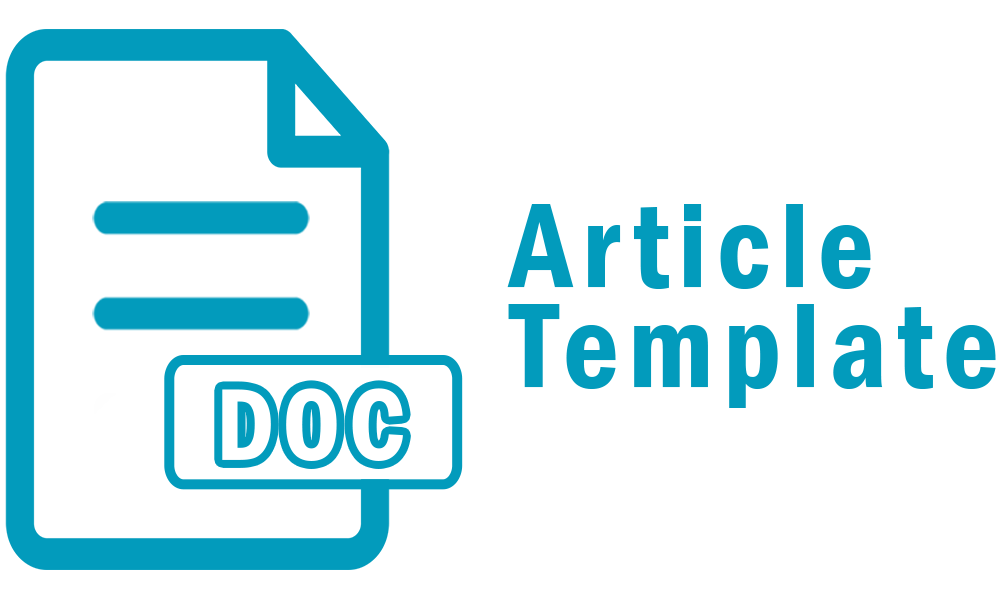HAZARDS IDENTIFICATION AND RISK ANALYSIS IN POST PRINTING LABORATORIES OF STATE POLYTECHNIC OF CREATIVE MEDIA
DOI:
https://doi.org/10.46961/kreator.v8i2.384Abstract
Every workplace and activity has potential hazards and risks that can cause work accidents, as well as laboratories in the educational environment. Post-printing laboratories have the potential to have dangers and risks because of the sources of hazards and work activities by both students and instructur and operators. Theaims of this paper is to determine the potential hazards and risks; know risk assessment using HIRA method and control of hazards and risks. Data collection techniques used in this paper are observation, interviews and literature study. Based on the results of this paper, the potential hazard with the highest value is found in the type of activity operating a perfect binding machine with a total of 8 hazards. The risk assessment obtained a low risk level of 50%, extreme 30%, moderate 15% and high 5%. This extreme level of risk is influenced by the use of chemicals in the perfect binding process. Some controls have been implemented but some are not functioning properly. Suggested controls are engineering and administrative control design. Keywords: Hazard, Risk, HIRA method, Post printing
Downloads
Published
2021-12-18
How to Cite
Elviana, E., Latif, A., & Yudistira, D. A. (2021). HAZARDS IDENTIFICATION AND RISK ANALYSIS IN POST PRINTING LABORATORIES OF STATE POLYTECHNIC OF CREATIVE MEDIA. Kreator, 8(2), 113–120. https://doi.org/10.46961/kreator.v8i2.384
Issue
Section
Article
Citation Check
License
Authors who publish with Kreator agree to the following terms:
- For all articles published in the Kreator, copyright is retained by the authors. Authors give permission to the publisher to announce the work with conditions. When the manuscript is accepted for publication, the authors agree to the automatic transfer of non-exclusive publishing rights to the publisher.
- Authors retain copyright and grant the journal right of first publication with the work simultaneously licensed under a Creative Commons Attribution-ShareAlike 4.0 International License that allows others to share the work with an acknowledgment of the work's authorship and initial publication in this journal.
- Authors are able to enter into separate, additional contractual arrangements for the non-exclusive distribution of the journal's published version of the work (e.g., post it to an institutional repository or publish it in a book), with an acknowledgment of its initial publication in this journal.
- Authors are permitted and encouraged to post their work online (e.g., in institutional repositories or on their website) prior to and during the submission process, as it can lead to productive exchanges, as well as earlier and greater citation of published work (See The Effect of Open Access).











